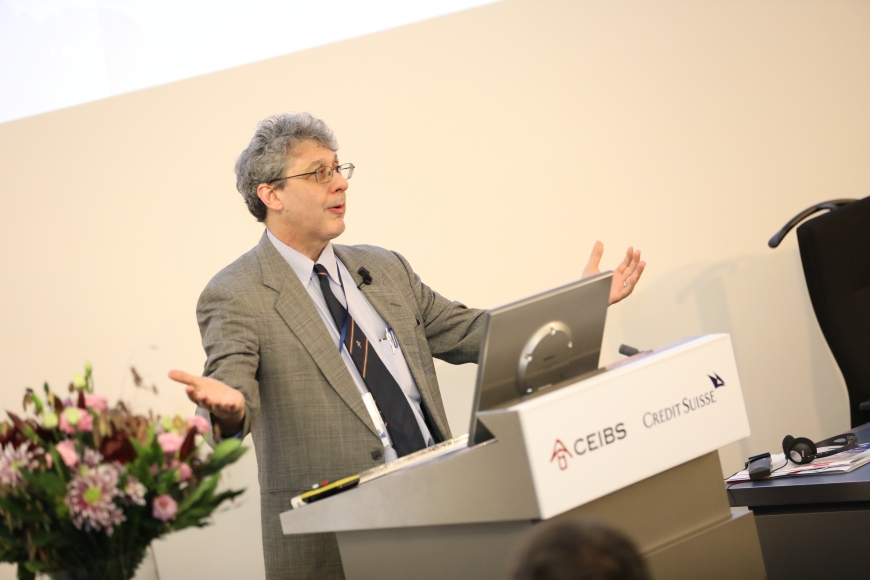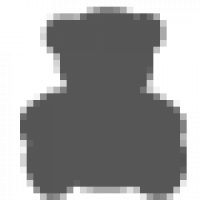The Trend: Product, Process & Service Innovations

“I’ve always been interested in information technology, digital transformation, and innovations in that area. So I wanted to try to think a little bit about how that relates to product innovation and then maybe bring in some examples from the healthcare sector.
I actually study a lot on digital innovations; specifically I’m a very big fan of crowdsourcing. That’s when you go out to a crowd and you solicit information to help you solve a problem.
Of course, none of these innovations are actually new. They used to have, in the Wild West [posters with the words] “Wanted: dead or alive”. We’ll pay you if you can catch the criminal. And that was a couple hundred years ago. But what’s changed now is the digital platforms that enable these sorts of things have really become powerful now. And so now we can grab information from a million people at once and sort it and have them vote on it, etc. And then we can make decisions on it. And so it’s kind of a, we’ll say, small or medium data generation tool. And I’ve been studying it a lot in terms of problem solving, and of course, we have internet of things which is basically just adding sensor data to the mix.
Let me talk a little bit about product innovation, service innovation, and process innovation. I think right now with all these technologies, there’s a very fine line between product innovation and service innovation. And I would say that in general there’s almost no pure product innovation that’s coming out of these digital technologies right now, in my opinion. It’s a combination of things. It’s taking an application and or taking a product and adding a service to it. That’s something that’s very interesting.
Another big factor, especially with AI and with prediction, is process innovation. In other words, cost cutting is becoming very important, and instead of having a lot of product innovation right now in the AI space, it’s being used much more right now in process innovation or basically in our cost cutting.
We can think about credit card fraud transactions as the most basic examples. If you travel some place far away and you go to a petrol station, and you use your credit card, you might get a message on your phone, “Is this really you?” That’s not replacing the credit card. It’s not a new product. It’s basically a way of cutting costs for credit card companies. And I think a lot of AI innovations tend to be like that.
So, in general, the amount of pure play product innovations in the healthcare space or even elsewhere in IT in other sectors is actually fairly limited. What you’re seeing is a big combination of product, process, and service innovations. Let me just give a couple of quick examples.
When I think about crowdsourcing, one of the more interesting things I’ve seen lately is a lot of new medical devices and applications that do diagnostics based on crowdsourcing from healthy people. You can take a blood sample and you can compare biomarkers with a group of 150,000 healthy people. There are things where you send a stool sample in by mail to a central office where they analyse it and they analyse your gut biomes, etc. and compare those with healthy people. What do they do with this information? Some of them use it for actually recommending supplements. It’s not really purely a diagnostic tool, though it could be used as one, but even then they’re also adding services on. We’ll send you a supplement, vitamins, etc. every month; and that’s how they’re creating new businesses from these things.
In terms of IoT, compliance is actually a huge issue… compliance on taking medicines or seeing how your body is reacting. You probably heard about these IoT type pills that you take, where you take a pill and it starts transmitting information from inside your body [in real time]. So you can tell whether your grandmother took her medicine by looking at the level of whatever it was you’re interested in. And so there are a lot of things that’s happening in this area in terms of compliance.
Also, there’s the prediction market. There’s prediction for diagnostics to see what’s wrong with you, etc. Think about new product development in pharmaceuticals. This is where AI is being used a lot.
Another thing that they’re doing a lot is back office operations. Back office in terms of predicting how a clinical trial would turn out, etc. based on the limited data that comes in and trying to make a prediction on it. And of course, that’s another big process innovation.
And then finally, you can think about patient records, which is something that’s really crucial for maintaining some kind of, let’s just say, authenticity when someone is being moved around in a hospital, when someone’s doing follow-up treatment, or when there’s a certain thing that you learn about somebody that then needs to be transmitted to someone else later downstream. That’s an example where a blockchain type situation could be very interesting. I’ve seen several solutions being developed now for patient record keeping that uses blockchain technology to try and maintain an authentic record of the patient across time.
I look forward to the panel later today and look forward to interacting with you, hearing your experiences, and I’d love to learn more about what you’re doing in China as well. Thank you very much.”
















